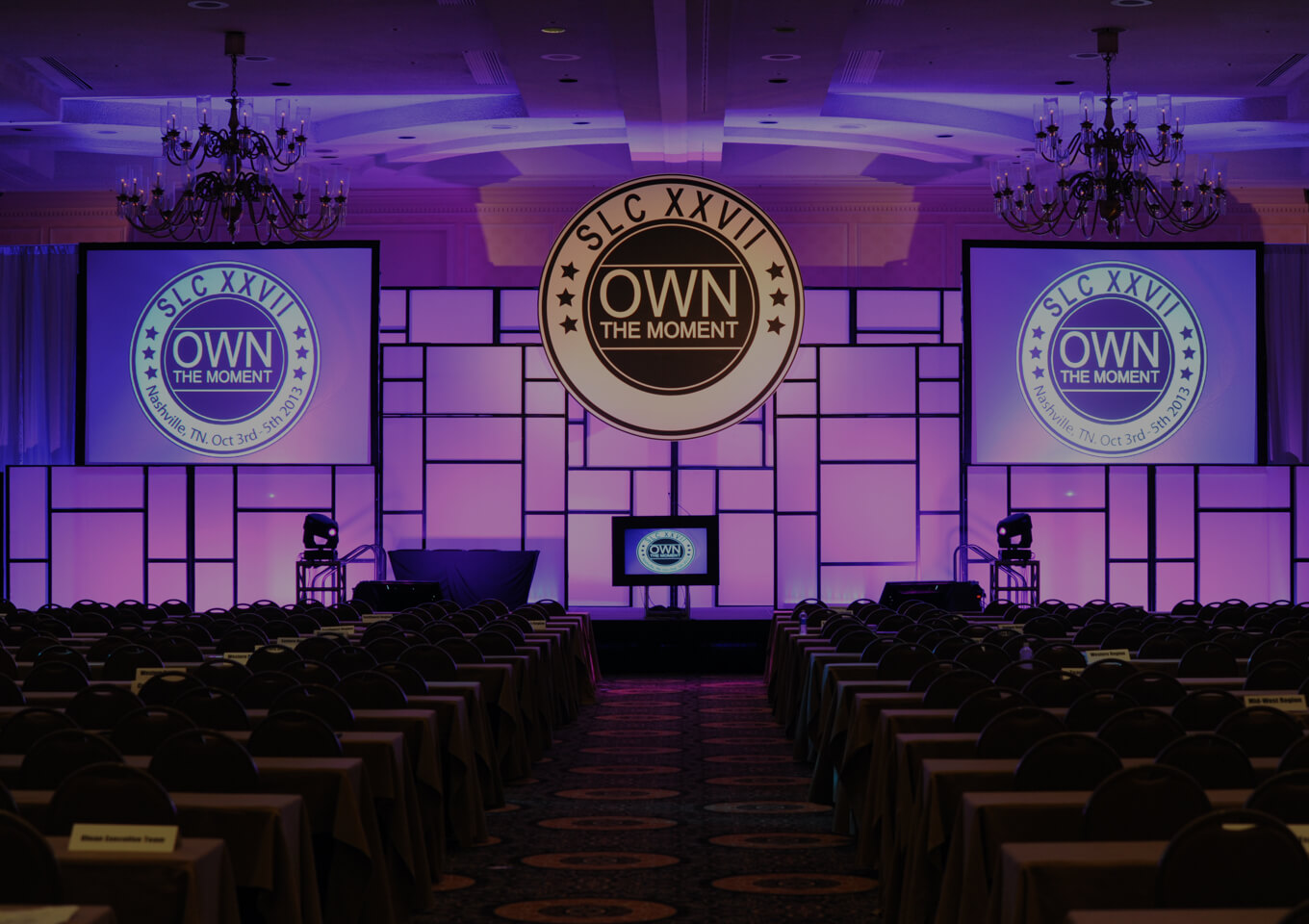Transforming Spectator Interaction Via Engaging VR Encounters in Real-time Productions
Transforming Spectator Interaction Via Engaging VR Encounters in Real-time Productions
Blog Article
In the past years, digital VR has emerged as powerful tool for enhancing viewer engagement in real-time performances. This technology enables audiences to immerse oneself in a three-dimensional setting, creating a distinct experience that traditional media cannot duplicate. By using VR, producers can move viewers into the heart of the performance, causing them feel as if they are integral of the show. This innovative approach not only enchants audiences but also opens up new opportunities for storytelling and engagement.
One of the primary advantages of employing VR in real-time productions is the ability to create a more interactive experience. Audiences can interact with the show in the moment, influencing the outcome or exploring different perspectives. For example, in a theater show, audiences wearing VR headsets can choose to follow specific characters or scenes, allowing them to customize their encounter. This degree of engagement fosters a more profound bond between the viewers and the show, making it more unforgettable and significant.
Additionally, VR tools can enhance the visual and auditory elements of a real-time production. With high-quality graphics and sound design, producers can build stunning environments that draw viewers in. This immersive quality can elevate the overall experience, making it even more captivating and pleasurable. For instance, a musical performance can be transformed into a rich encounter, where fans feel as if they are standing stage with the performers. Such enhancements not only attract larger audiences but also promote return viewing, as audiences look to relive the excitement.
Alongside improving audience engagement, VR can also provide insightful data for creators. By examining how audiences interact with the virtual environment, creators can gather data on audience preferences and behaviors. This data can explanation guide upcoming performances, helping to tailor content to more effectively meet the needs and desires of the viewers. As a consequence, VR not just enriches the current experience but also contributes to the evolution of live performances as a complete entity.
With the technology continues to advance, the possibilities for VR in real-time performances is immense. From theater and concerts to sports events and celebrations, the opportunities are limitless. Through embracing this innovative approach, producers can revolutionize the way viewers engage with live entertainment. As more producers investigate the incorporation of VR, it is probable that we will see a shift in how performances are designed and delivered, eventually resulting to a more engaging and interactive prospect for real-time productions.